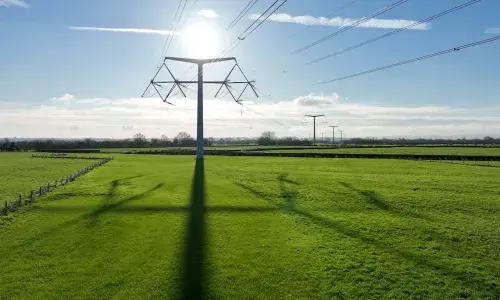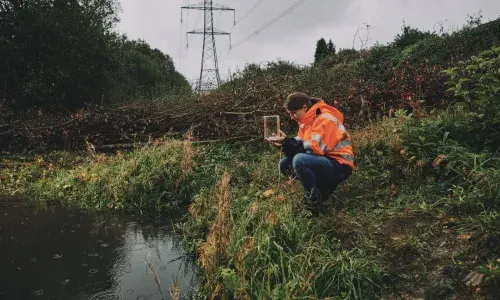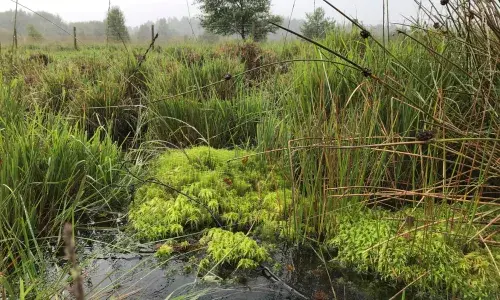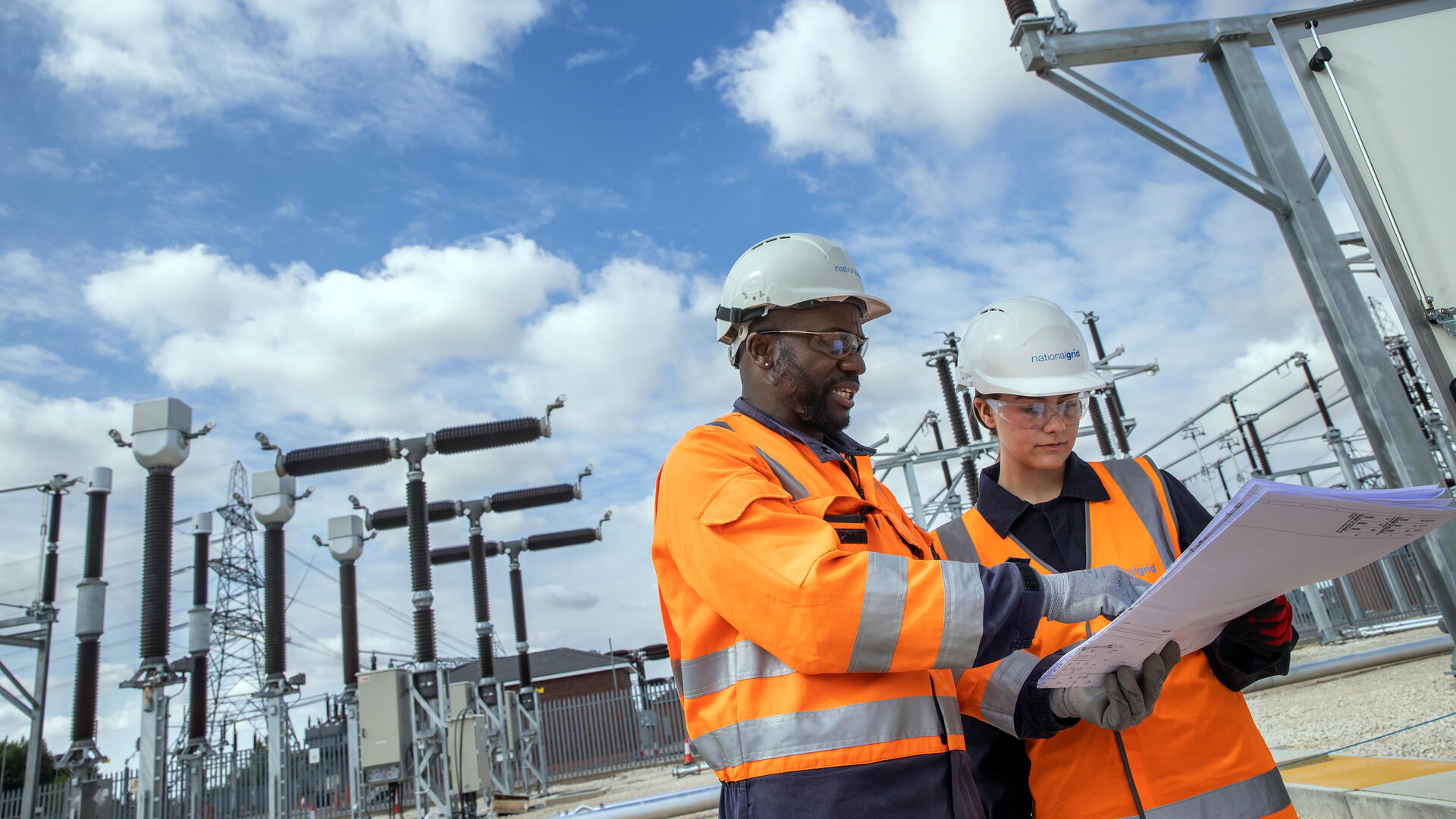
How we’re working with industry to reform transmission connections for a net zero future
Prime Minister Rishi Sunak’s Net Zero speech this week made clear the central role grid connections play in helping Britain meet its world-leading climate targets.
We welcome his commitment on connections reform, and are already taking action with industry to radically change how we plug in clean energy projects now and in the future, explains our customer connections director Roisin Quinn.
At National Grid we’re at the heart of the #CleanEnergy transition. As the transmission owner (TO) in England and Wales, we’re building and maintaining ‘sockets’ – the grid’s connection points for projects to plug into – and the ‘wires’ to move electricity from where it’s made to where it’s needed.
The connections conundrum
Rapid change in the energy landscape has transformed the type and volume of projects wanting to connect to our network.
An unconstrained market, combined with low barriers to entry and loose contractual arrangements, has triggered a demand for far more sockets than are necessary in any credible future energy scenario.
An outdated ‘first come, first served’ process is compounding the issue, creating a strong incentive to secure a place in the connections pipeline – regardless of a project’s viability – and driving the market to behave in an irrational way.
All of which has led to a massively oversubscribed pipeline of projects wanting to plug in to the grid, and increasing timescales for connection offers to our customers.
Our actions with industry could free up a dozen Hinkley Point Cs worth of capacity to be reallocated quickly to projects ready to connect
Over 300GW is currently contracted to connect in England and Wales, compared with 65GW connected today. Since April 2023 that’s grown by 100GW, which alone is twice what we’ll need to connect between now and 2035 to stay on track for net zero.
So Prime Minister Rishi Sunak’s commitment this week to speed up connections comes not a moment too soon – we welcome it and are already full steam ahead with ways to improve the process.
New measures to boost connections
We’re committed to connecting energy projects to the grid in a timely way, and we’re taking action alongside the electricity system operator (ESO), TOs, distribution network operators (DNOs), government and the regulator to deliver the change that’s needed.
Seven things to know about electricity grid connection
In March, thanks to significant support from Ofgem, we put in place a two-step offer process for connection applications to create the space and opportunity to introduce improvements to the pipeline in the short term – notably via the tactical actions in ESO’s five-point plan.
Measures include a connections amnesty for stalled projects to give up their place in the pipeline; and new queue management arrangements to make sure projects meet contractual milestones like securing finance and planning consent.
We’re really encouraged by the impact these actions are having, and by the recognition these early joint steps by our industry is receiving.
With ESO we’ve also developed a policy to allow some battery energy storage systems (BESS) to plug in faster by reducing the physical works needed for them to connect, based on certain operating conditions once they’re plugged in.
Alongside this work, our collaborative action with distribution network operators (DNOs) – part of the the Energy Networks Association (ENA)’s three-step plan for connections – is managing the technical interface between our networks more effectively to unlock capacity for local connections. This work is already coming to fruition on our distribution network.
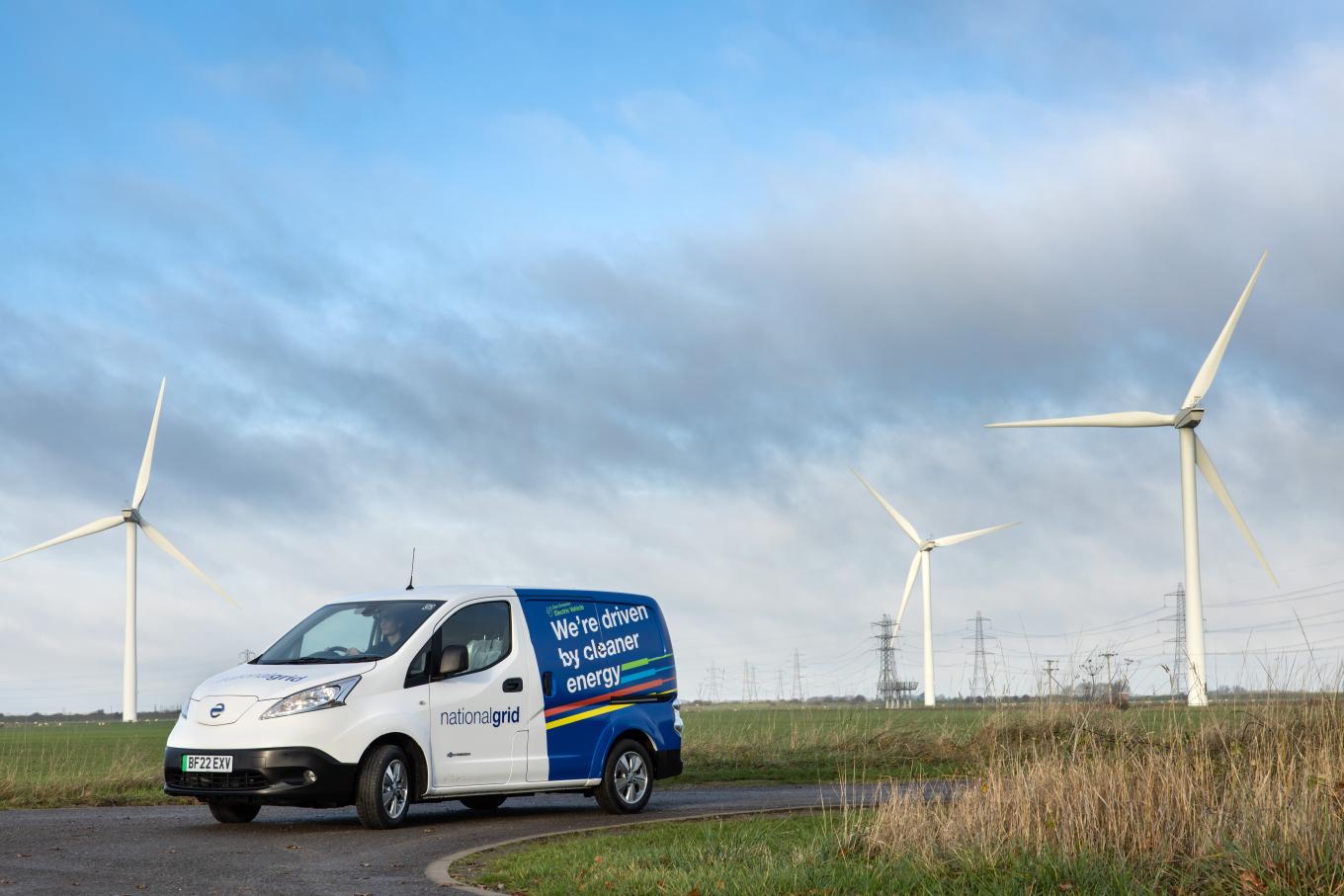
All these actions potentially free up 40GW of capacity in England and Wales – equivalent to a dozen Hinkley Point Cs – which can be reallocated quickly to projects ready to connect.
Radical reform to the way projects plug in
We’re really encouraged by the impact these actions are having, and by the recognition these early joint steps by our industry is receiving.
Oversubscription of the pipeline, and headlines about connection delays, shouldn’t detract from this progress.
Find out more about some of the projects we’ve recently connected to the grid
But we know there is more work to do collectively and collaboratively within our sector. That means radical reform to shape an enduring process to connect clean projects faster and more efficiently.
To build on the priorities set out in our Delivering for 2035 paper, we’ve outlined connections reforms that could make our ambition to connect projects to the grid when they want to be connected a reality.
De-couple network design from specific applications, and invest ahead of need
Historically connection applications have driven our network design. To make our network ‘connection ready’ we plan to build grid plug-in points first, and share insight on planned capacity hubs so projects can make informed decisions before applying.
Create a ‘plug and play’ connection product
Grid connections are complex pieces of engineering, historically needing bespoke solutions for specific projects. We need connections that can be used by all, rather than by one. We’re already developing a new standardised ‘socket’ for our system to enable a flexible and speedy connection.
Oblige projects to demonstrate viability before entering the connections process
By ensuring projects meet certain criteria – e.g., securing planning consent – we can allocate investment and capacity to projects which are most likely to connect sooner. We’re working with the ESO to ensure this forms part of their reformed connections process proposals.
Shift from a ‘first come, first served’ to ‘connect or move’ approach
Projects must meet milestones or move out of the way. If they can’t progress, capacity held would be reallocated to a project that is ready, so others are not blocked or delayed. Again, we’re working closely with the ESO to include this in their proposals for a reformed connections process.
Capture immediate benefit through effective implementation and transition
The 300GW pipeline in England and Wales alone is a huge challenge to tackle in reforming connections. To capture the benefits of our proposed changes, the principles above should be applied to all of the pipeline, not just future applicants.
Create a fast-track connection route for critical net zero projects, prioritising those areas where the economic value could be greatest.
Reform should recognise that some projects are strategically important to meeting net zero or deliver broader economic value. A transparent fast-track route, owned by UK government, should therefore be developed to ensure these can connect to the grid in a timely manner in order to maximise these benefits.
Read our summary response to ESO’s consultation on connections reform
We’re at a pivotal moment for connections reform, with government and Ofgem’s connections action plan anticipated in the coming months, and other strategic developments in the sector also set to shape the energy landscape – from our own Future Network Blueprints to Britain’s Centralised Strategic Network Plan, and a fresh approach for our next regulatory period.
We have a once-in-a-generation opportunity to work together to accomplish change that will accelerate the connection of affordable generation, bring benefits to UK consumers, and create a more energy independent, net zero Britain.
